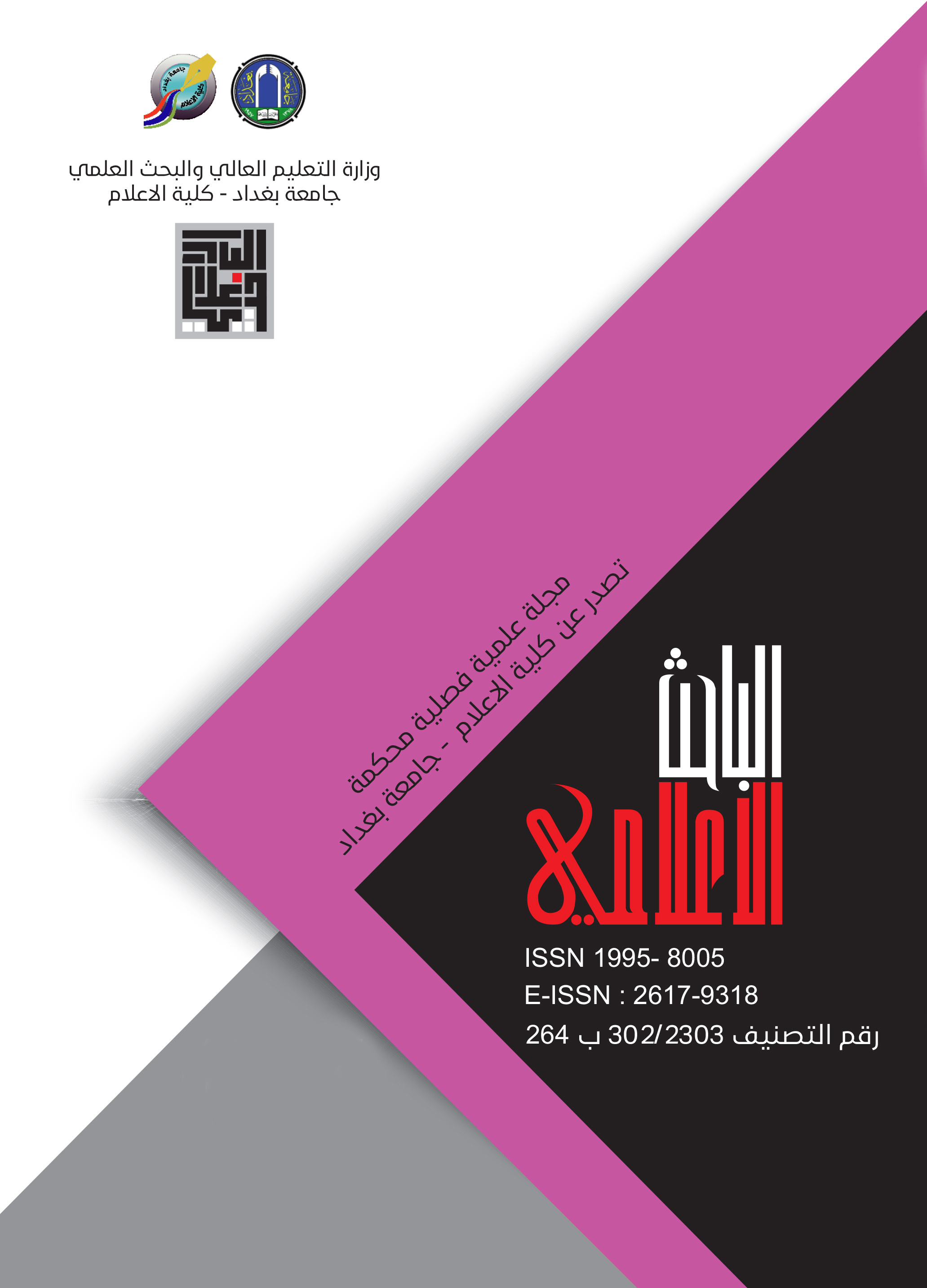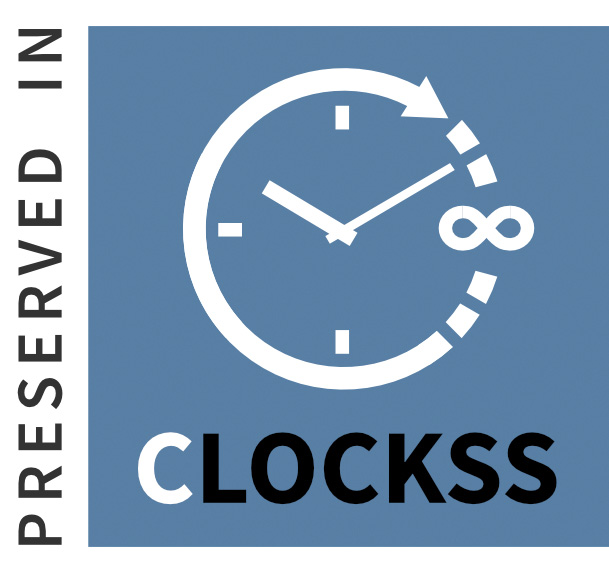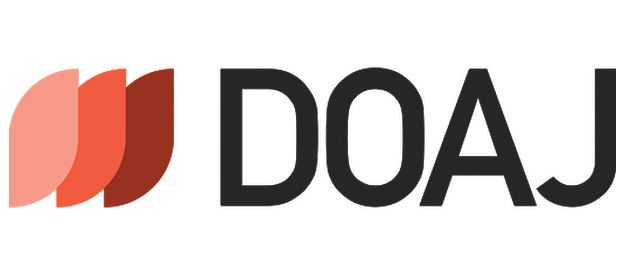المحتوى الدعائي لاشتغال عناصر التعبير الصوري في مواجهة الترويج للفكر الارهابي
(الاعلام الحربي للحشد الشعبي إنموذجاً)
DOI:
https://doi.org/10.33282/abaa.v10i40.50الكلمات المفتاحية:
الصوري، المحتوى، التعبير، الاعلام، الحربيالملخص
تعد الحرب الدعائية من أخطر الأسلحة المستخدمة في وظروف الحرب و السلم ضمن اي صراع فكري او سياسي او عسكري لاستهدافها فئات اجتماعية متعددة وما تتركه من آثار على الفكرو تغيير وجهات النظر على المستوى المحلي والعالمي ، ومنها توظيف المعالجة الفنية للوسيط السمعي والمرئي والذي يحمل أبعاداً ذات اثر تكون بمديات نفسية ابعد من السلاح في المواجهة وبث الرعب في صفوف الأعداء وفي مقدمتهم ما يواجهه العراق بمعركته ضد داعش الإرهابية وتوظيفه كمحتوى دعائي يسهم في بث روح الطمأنينة والسكينة في نفوس العراقيين وعودة الحق الى اصحابه «أن التعبير الفني لا يمكن تحققه ألا عبر مادة ما لكي تتحول إلى ذلك المثير أو المنبه الحسي .... الا بعد أن تكون يد الفنان قد امتدت أليها فخلقت منها محسوسا جماليا « (السيد ، 2008 )، ومن هنا تمثلت مشكلة البحث في التساؤل الآتي :
ما هو دور عناصر التعبير الفيلمي كوسيط ضمن بنية العمل الفني لمواجهة الترويج للأفكار المتطرفة لداعش الارهابي ؟
التنزيلات
المراجع
Second: Dictionaries and Encyclopedias
1 - Salibia, Jamil, 1982, the philosophical dictionary, C 1, Beirut, the Lebanese Book House, p.301
2 - Ibraheem, 1983, Philosophical Dictionary, Cairo, Arabic Language Complex, General Authority of Amiri Printing Press, p. 48.
Third: The sources of translated foreign books
1- Erkun, Daniel, 1997, Cinematic Grammar, by Ahmed El Hadary, Cairo, Egyptian General Book Organization, p. 427.
2. Pritz, Rudy, 1970, Art Techniques in Television Production, by Anwar Mohammed Khorshid, Cairo, The World of Books, p.
3. Daley, Kane, 2002, The Encyclopedia of the Art of Film Production, I, v. Robert Abdel-Masih, Beirut, Arabic Encyclopedia, 285.
4 - Janetti, Louis Dee, 1981, Understanding the cinema, see: Jafar Ali, Baghdad, Dar al-Rashid Publishing, p. 41, 246, 272.
5. Lesa, Sofia, 1997, Aesthetics of Film Music, by Ghazi Manafikhi, Damascus, Ministry of Culture Publications, p. 6.
6. Martin, Marcel, 1964, Cinematic Language, Cairo, Egyptian General Establishment for Composition, Translation, Printing, and Publishing, p. 203,206.
Fourth: Sources of Arabic books
1- Hassanein, Ahmed Taher et al., 1988, The aesthetics of the place, I 1, Morocco, the eyes of the articles, p30.
2 - Khulousi, Nateq, 1991, articles on television, Baghdad, House of Cultural Affairs, p. 150
3. Dulaimi, Abdelkader Khalaf, 2005, Technical Techniques in Writing for Radio and Television, Baghdad, Faculty of Fine Arts, p149.
4. Mr. Alaa Abdel Aziz, 2008. The Film Between Language and Text, Damascus, Ministry of Culture Publications, p 46.
5. Shukri, Abdel Majeed, 2000, Radio drama, 1, Cairo, Arab Thought House, p. 33.
6 - Abdul Rahman, Ayad, 2009, the concept of color and its implications in historical studies, Baghdad, House of Cultural Affairs, p171.
7. Mind, Anshwa Soliman, 2008, Radio and Television Production, I 1, Cairo, The Arab House for Publishing and Distribution, pp 176, 121, 161.
8. Judges, Mohamed Falah, 1994, A TV and Film, I 1, Jordan, Dar Al Fikr Publishing and Distribution, p. 186.
9- Mohammed Saeed, Abu Taleb, 1990, Research Methods, Baghdad University, College of Fine Arts, Dar Al-Hikma for Printing and Publishing, p. 94.95.
10- Marai, Hassan, 2003, how to write a television representation of the rules of building a scenario, dialogue, and plot, 1, Beirut, Rashad Press for printing, publishing and distribution, p.16
11. Al-Nasir, Yassin, 1986, The Novel and the Place, Baghdad, Dar al-Sha`al al-Kahlafiya, p.
12-.Al-Hashemi, Taha Hassan, 2010, Naturalization Scenario, 1, Cairo, Cultural House Publishing, p. 48.


















